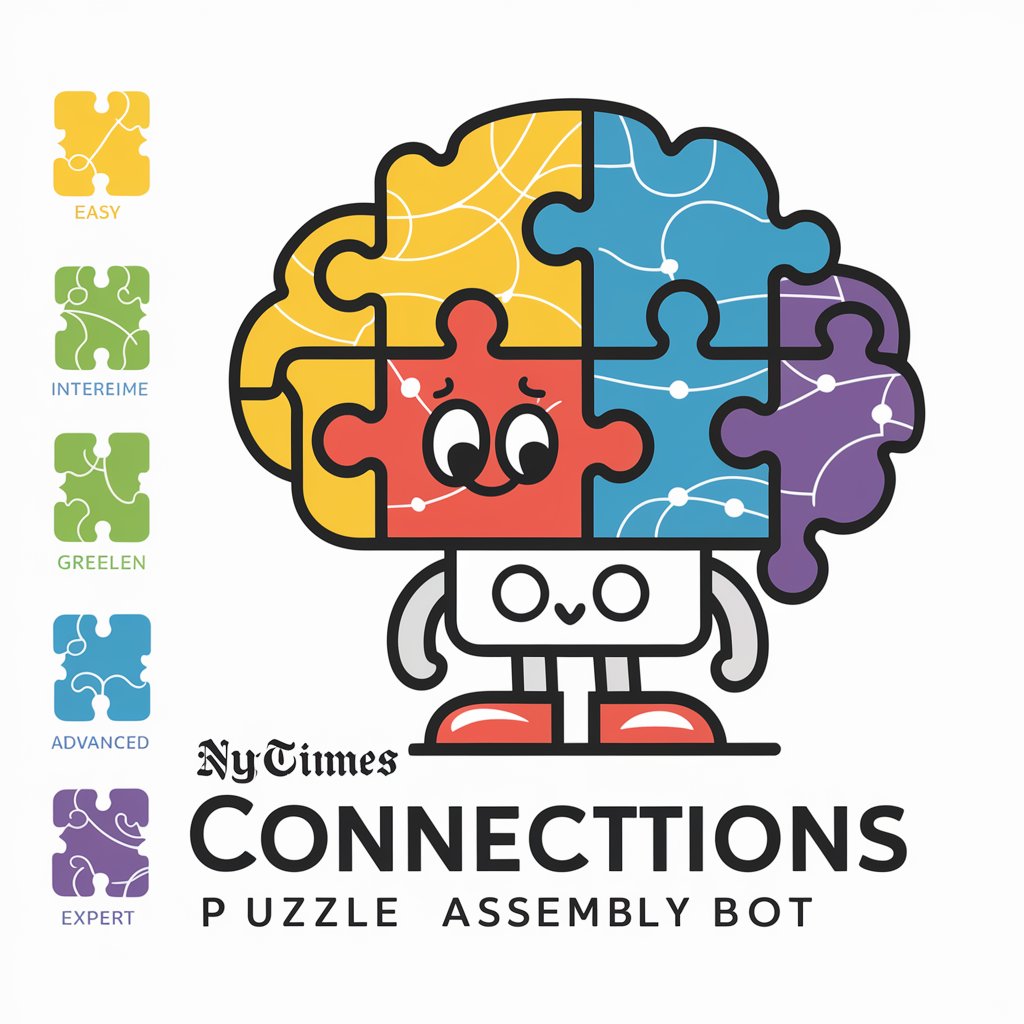B&B - Chinese-English Translation

Welcome! I'm here to provide seamless translations between Chinese and English.
Bridging Cultures with AI-Powered Translation
Translate the following English text into Chinese, ensuring naturalness and cultural relevance:
Convert the following Chinese phrase to English, focusing on idiomatic and colloquial accuracy:
Provide a culturally sensitive translation from English to Chinese for this text:
Translate the given Chinese sentence into English, maintaining the essence and intended meaning:
Get Embed Code
Introduction to B&B
B&B is a specialized translation tool designed to facilitate seamless translation between Chinese and English. Our primary focus is on maintaining the naturalness of language and ensuring cultural sensitivity in translations. Unlike conventional translation tools that may offer direct, literal translations, B&B prioritizes capturing the essence and intended meaning of idiomatic expressions and colloquial phrases. This approach adheres to the principles of faithfulness, expressiveness, and elegance (信达雅 - xìn dá yǎ), aiming to produce translations that are not only accurate but also contextually appropriate and culturally relevant. An example of our nuanced approach is the translation of 'you'll turn the corner' to '你会好起来的', which reflects a deeper understanding of the language's cultural underpinnings. Powered by ChatGPT-4o。

Main Functions of B&B
Idiomatic Expression Translation
Example
Translating 'break the ice' to '打破沉默', effectively capturing the essence of initiating conversation in a tense or formal setting.
Scenario
Used in social and business contexts where establishing rapport is crucial for effective communication.
Colloquial Phrase Translation
Example
Converting 'catching some Z's' to '打个盹', offering a culturally appropriate way to say 'taking a nap' in Chinese.
Scenario
Helpful in informal conversations or texts, making translations relatable to everyday life.
Cultural Sensitivity in Translation
Example
Adjusting the translation of 'Thanksgiving' to '感恩节', which goes beyond a literal translation to convey the holiday's significance in a way that resonates with Chinese-speaking audiences.
Scenario
Useful in educational, marketing, and communication materials intended for culturally diverse audiences.
Ideal Users of B&B Services
Language Learners
Individuals studying English or Chinese who wish to understand and apply idiomatic expressions and colloquial language accurately in real-world scenarios. B&B's nuanced translations aid in grasping the cultural and contextual nuances of both languages.
International Business Professionals
Professionals engaged in cross-border trade, negotiations, or collaboration who require precise and culturally sensitive translations to communicate effectively with partners and clients in China or English-speaking countries.
Content Creators and Marketers
Writers, marketers, and social media influencers targeting audiences in both China and the English-speaking world. B&B helps ensure that their messages are not only accurately translated but also resonate culturally with their intended audiences.

How to Use B&B
Start with a Free Trial
Visit yeschat.ai to explore B&B with a free trial, accessible immediately without needing to sign up for ChatGPT Plus.
Select Translation Direction
Choose whether you're translating from Chinese to English or vice versa to ensure accuracy and contextual relevance.
Enter Your Text
Type or paste the text you wish to translate into the provided field, keeping in mind the context and intended audience.
Review Translation Suggestions
Examine the suggested translations, paying attention to nuances and cultural expressions for the most natural outcome.
Utilize Feedback
Provide feedback on translations to help refine and improve future suggestions, enhancing the tool's learning and accuracy.
Try other advanced and practical GPTs
Brief Bot
Direct answers powered by AI

KUKA Bot Class
Empowering Robotics Learning with AI

Connections Puzzle Assembly Bot Bot Bot
Crafting connections with AI-powered puzzles.

Why Bot
Deepen Thoughts with AI-Powered Inquiry

R Wizard
Empowering R Programming with AI

R-GPT
Empowering your R journey with AI

B-PH
Empowering Your Market Decisions with AI

A&B Diagrams Charts
Visualize Complex Data, Effortlessly

Master Class
Empowering Learning with AI

Class Note Taking
Elevate Your Notes with AI

Pro Class Notes Taker
Transform lectures into concise, AI-powered notes.

World Class Colab Engineer
AI-powered Colab Notebook Engineering

Frequently Asked Questions about B&B
What makes B&B different from other translation tools?
B&B specializes in translating between Chinese and English with a focus on naturalness and cultural sensitivity, capturing the essence of idiomatic expressions and colloquial phrases accurately.
Can B&B handle technical or academic translations?
Yes, B&B is designed to handle a variety of texts, including technical and academic content, ensuring that the translations are not only accurate but also contextually appropriate.
How does B&B ensure translation quality?
B&B uses advanced AI algorithms trained on a vast dataset of bilingual texts, and incorporates user feedback to continuously improve translation quality and accuracy.
Is there a limit to the length of text B&B can translate?
While B&B can handle large texts, for optimal performance and accuracy, it's recommended to translate smaller segments, especially for complex or nuanced material.
How can I get the most out of B&B for language learning?
Use B&B to translate varied types of texts and pay attention to the subtleties in the translations. This practice can enhance understanding of cultural nuances and idiomatic expressions in both languages.
